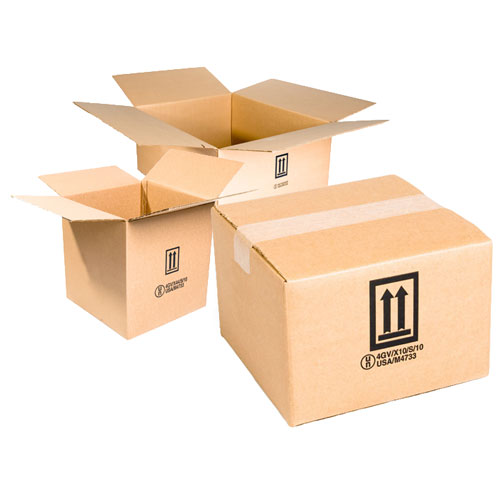Extraordinary items need to have extraordinary packaging and this is best reflected in the use of hazmat shipping boxes for shipping hazardous materials. The cardboard boxes or fiberboard boxes that are used for shipping an ordinary item like an electrical component or mechanical component or any gift items suddenly becomes the focus of attention of law makers if it is used for packing hazardous materials. Strict rules govern the shipping of dangerous goods or hazardous items that are to be packed in boxes that have to be extremely sturdy in construction so that there is no scope of the contents packed inside the boxes to escape outside. The nature of the hazard pertaining to the materials that are packed primarily drives the selection of the boxes and it is essential to know which kind of packaging should be suitable to pack the materials in conformity to the regulatory requirements.
It’s different
Going by the looks, all card board or fiber board boxes may look alike but it would be too much of simplification to put them in the same league. The hazmat shipping boxes belong to a different class that should not be compared with the ordinary boxes. The boxes are designed with the specific intention of making it suitable for being used in packing hazardous materials. Looking at the process in which the boxes are manufactured will throw more light about its special characteristics.
The differential elements
- Stringent specifications – The specifications of manufacturing hazmat shipping boxes are very stringent with negligible or very close tolerances. Once the design of the box is finalized there is almost no scope of any deviation. It is mandatory to stick to the agreed specifications because any compromise in selecting the materials used or changes in dimensions or weight can render the boxes unsuitable for packing hazardous materials as its certification will be invalidated.
- Manufacturing records – Unlike ordinary card board or fiber board boxes, it is mandatory for manufacturers to maintain complete records of the manufacturing process of hazmat boxes. All details of materials used, test records and any changes made to the manufacturing process have to be maintained meticulously as it is subject to inspection by the regulatory authorities.
- Rigid testing – These boxes are tested under the most critical conditions to evaluate its strength and endurance capabilities. Stack test, drop test, vibration test and pressure test are some of the quality tests that it has to undergo before being declared suitable for packing hazardous materials.
The onus of complying with the law rests on the shippers as well as all stakeholders in the shipping chain, including shipping companies, freight forwarders and transporters. Inability to meet the requirement can disqualify shippers from shipping the items. Therefore, in the interest of maintaining a smooth business process it is important for shippers to be fully conversant with the laws and adhere to it without any compromise. This would also reflect the concern for human lives and the environment that can be endangered by violating the regulatory requirement of packing hazardous materials.
